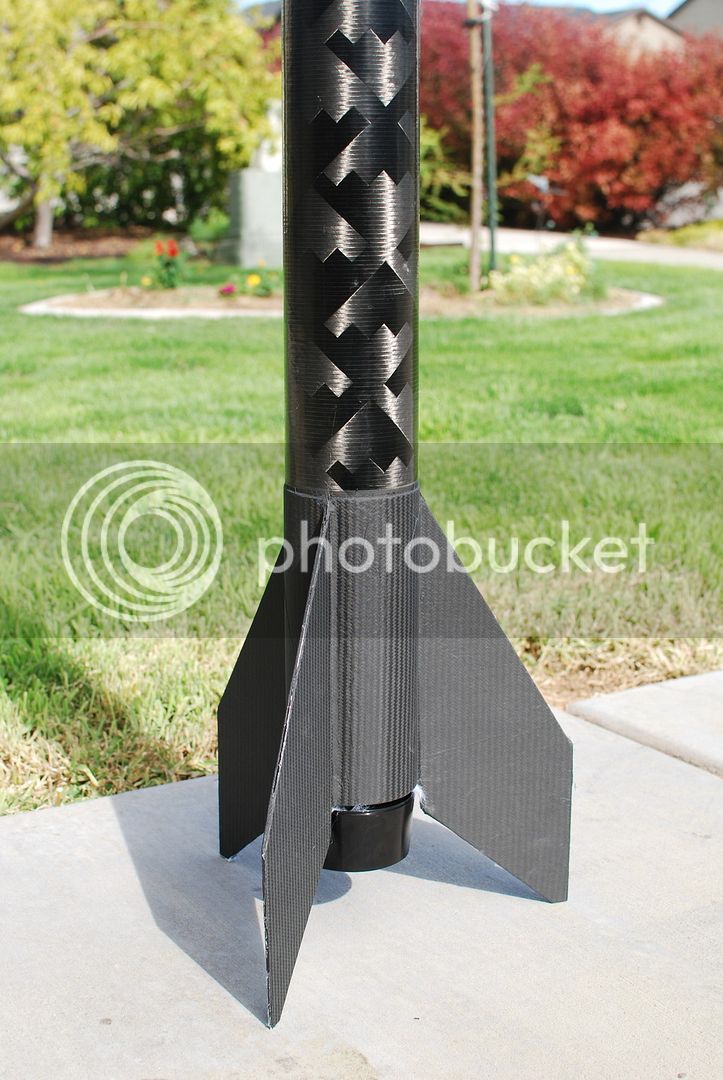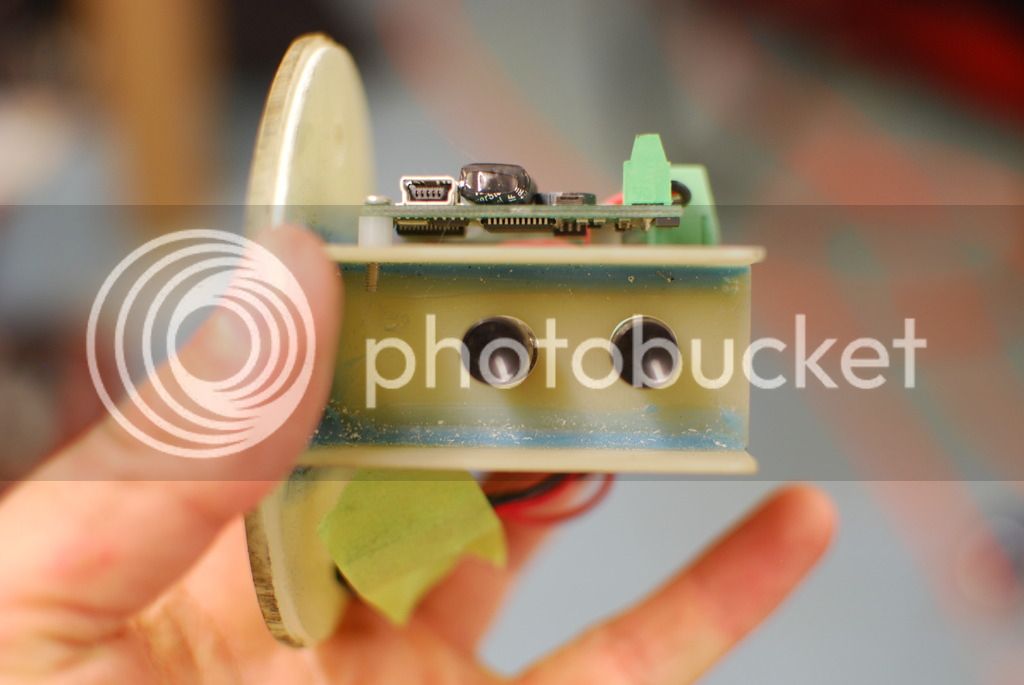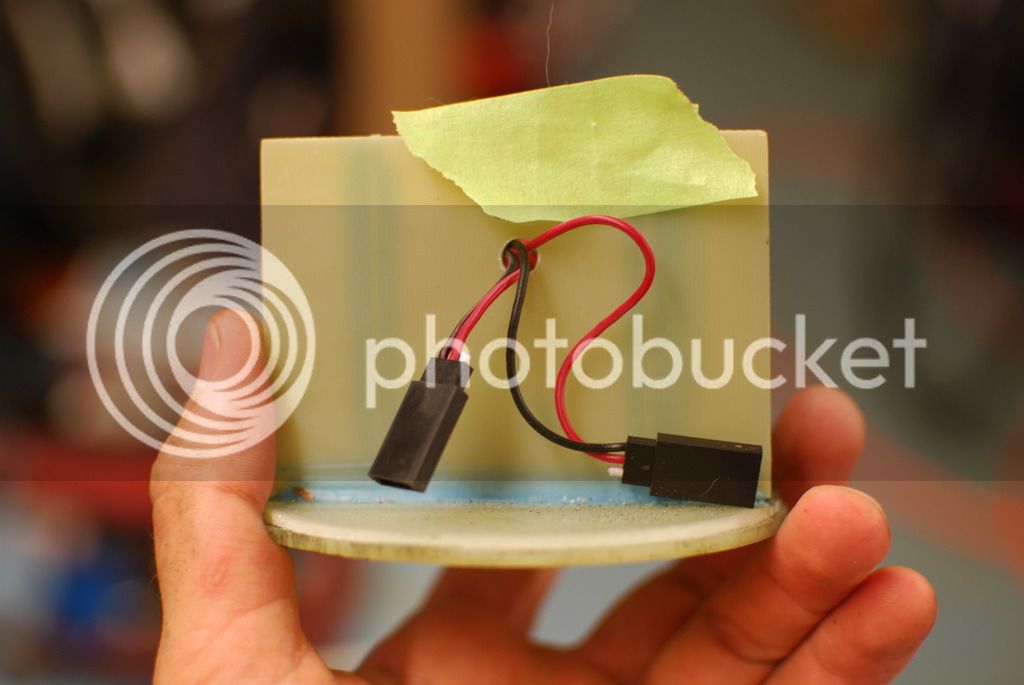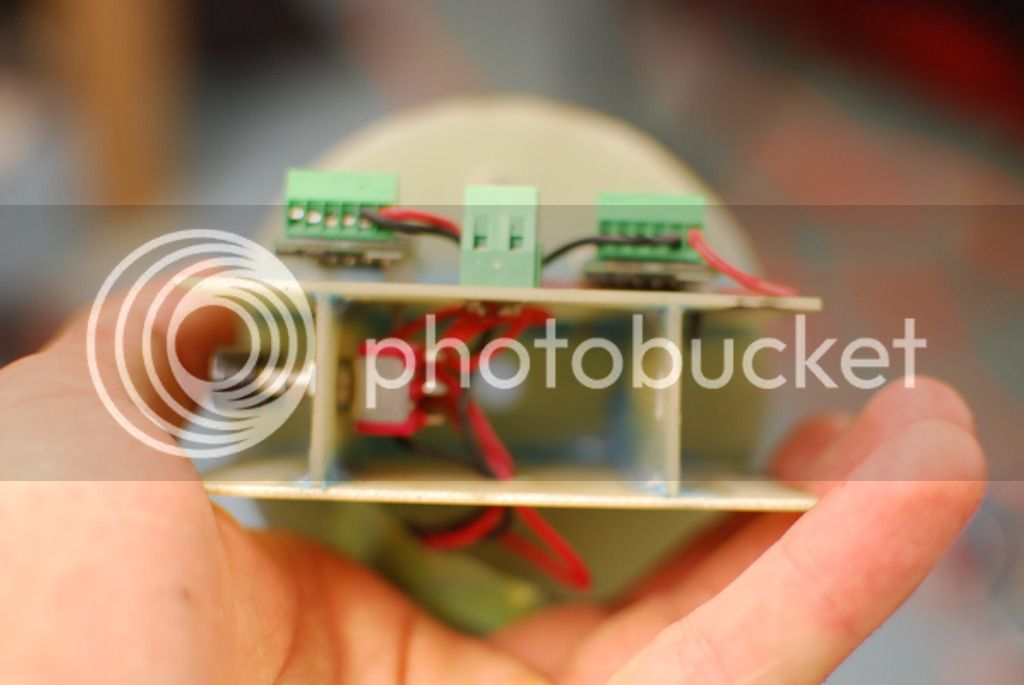So let me get this straight. You had the charges wired backwards. Apogee circuits were connected to the main parachute charges on both altimeters? Main circuits were connected to the drogue charges with staggered altitude settings right?
Soooooo, one of the apogee charges was successful at getting out the main chute. Did the other apogee charge (for the main chute) fire at some time? Now, did you have the aft end upper bay shear pinned to the sustainer or not? If you did have it shear pinned, the main chute may have deployed at apogee with the sustainer attached intact to your main chute bay. On the way down, the Main (now drogue) charges superfluously blew the sustainer from the upper bay? If that had happened, you might have witnessed that at low level.
Now if you didn't have the sustainer shear pinned, the force of the main coming out could have separated everything at apogee and everything would be dangling under the main chute as you'd expect to see after the rocket descended to whatever main deployment altitude you would have set. Again, if you had a visual of the rocket coming in, you might see the charges blowing confetti out the sustainer end as it passed the "Main" deployment altitude.
In the end, I see a very nice picture (Thank Heavens!!) of your rocket on the ground like it had a nominal flight. My final question is did you have live charges in the rocket after it landed? When you say that neither altimeter tried to fire the "main" charges. You mean that both of the Main circuits that were attached to the apogee charges failed to fire and you had live charges in or facing the sustainer after landing?
If that was the case, I'd say your sustainer wasn't pinned, the main chute deployment shook the rocket apart and there is an issue with the Main charge deployment circuit.
Unless.................... There is some logic in the Raven somewhere that if it detects such a slow rate of descent it inhibits the firing of any remaining charges no matter what? :confused2:
If that's the case, I'd check the main firing circuits manually on both Ravens with bare ematches through the setup program and ask Adrian about it.
Four live charges going up and two live charges found at recovery? Kurt














